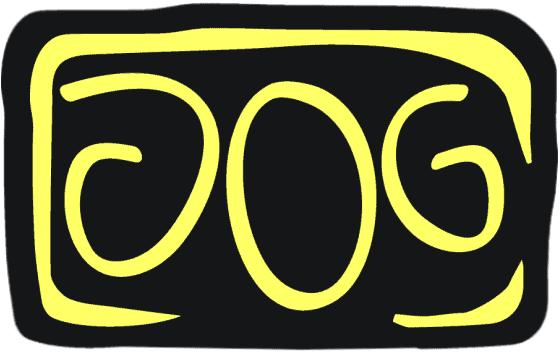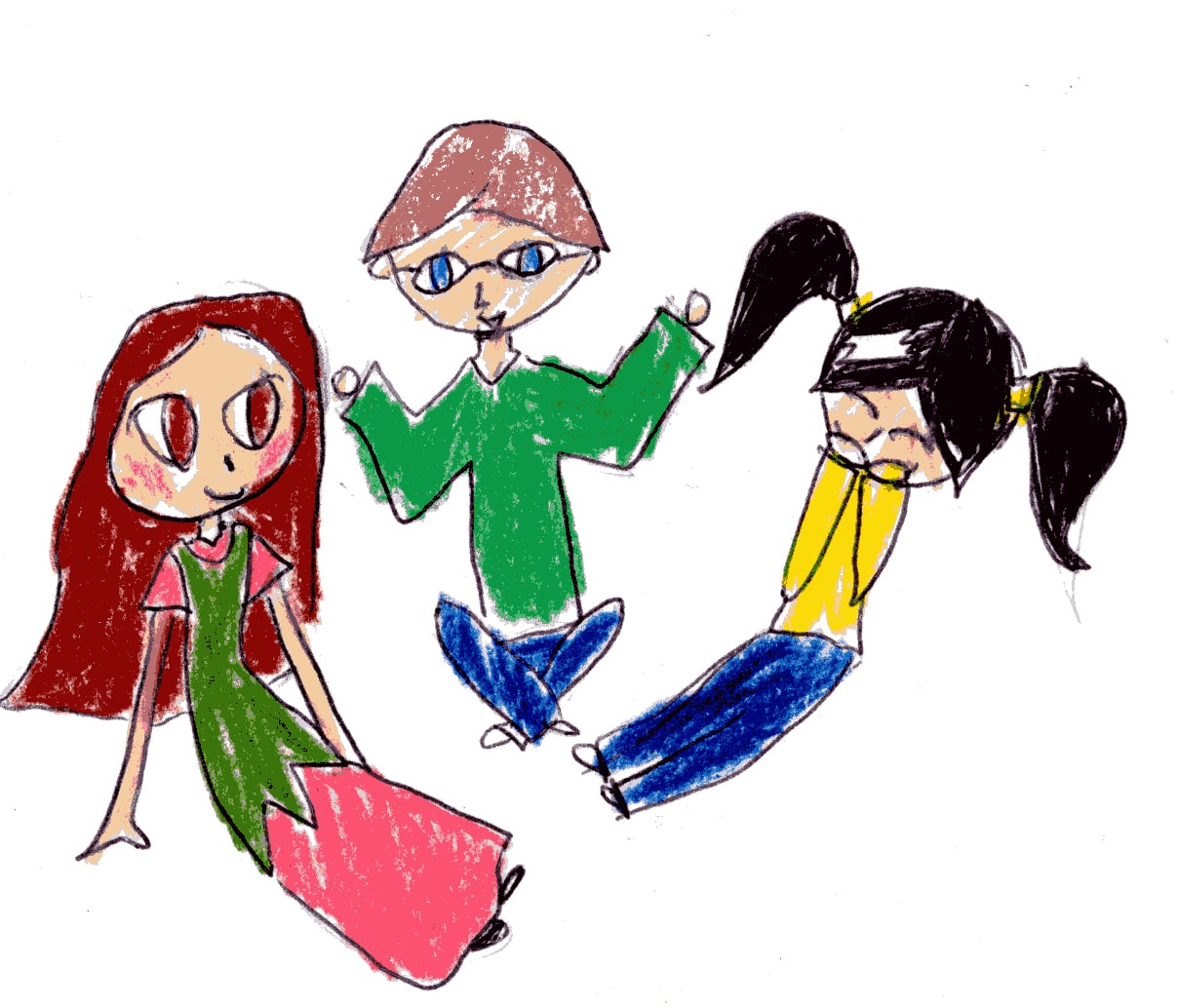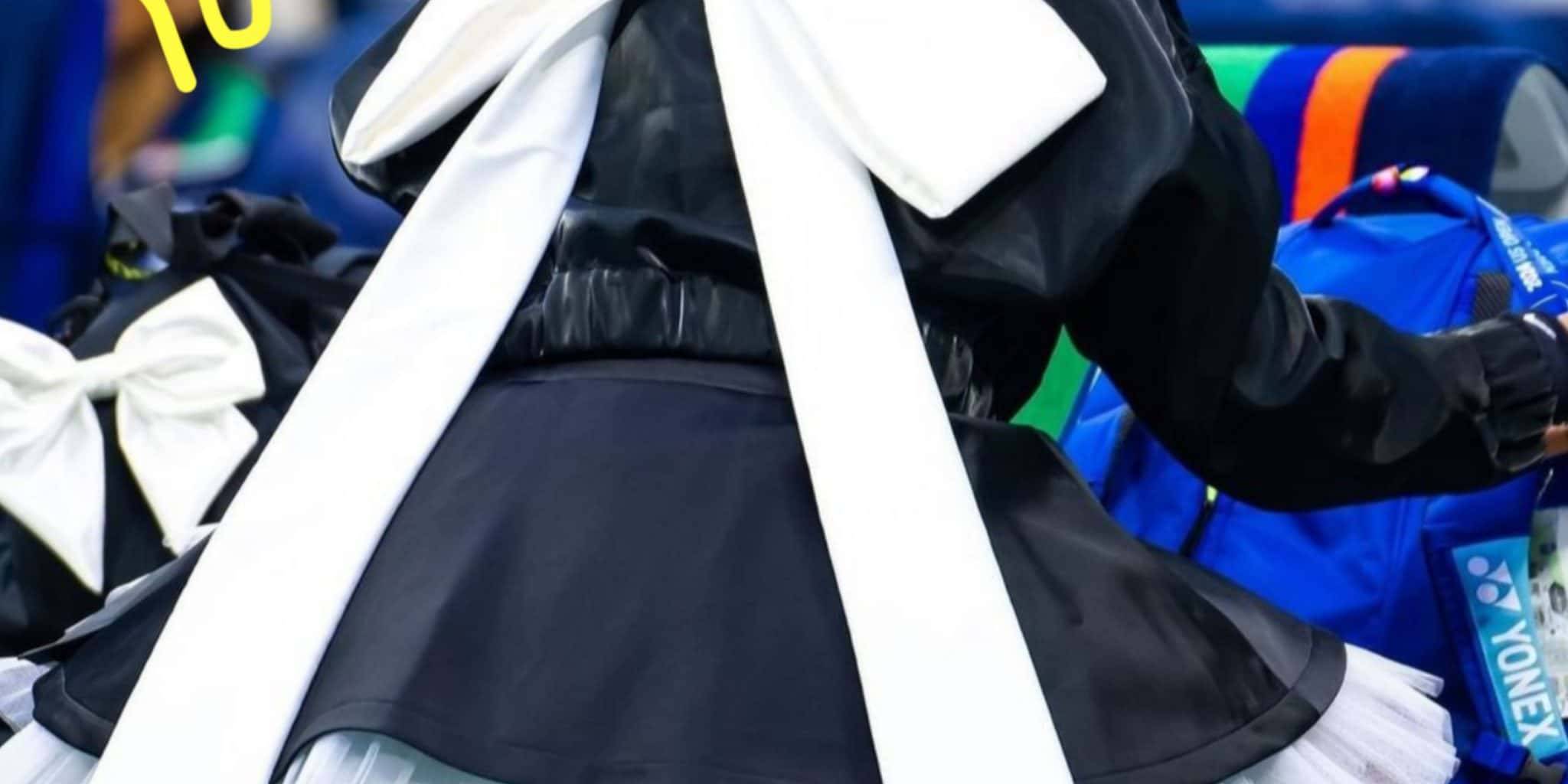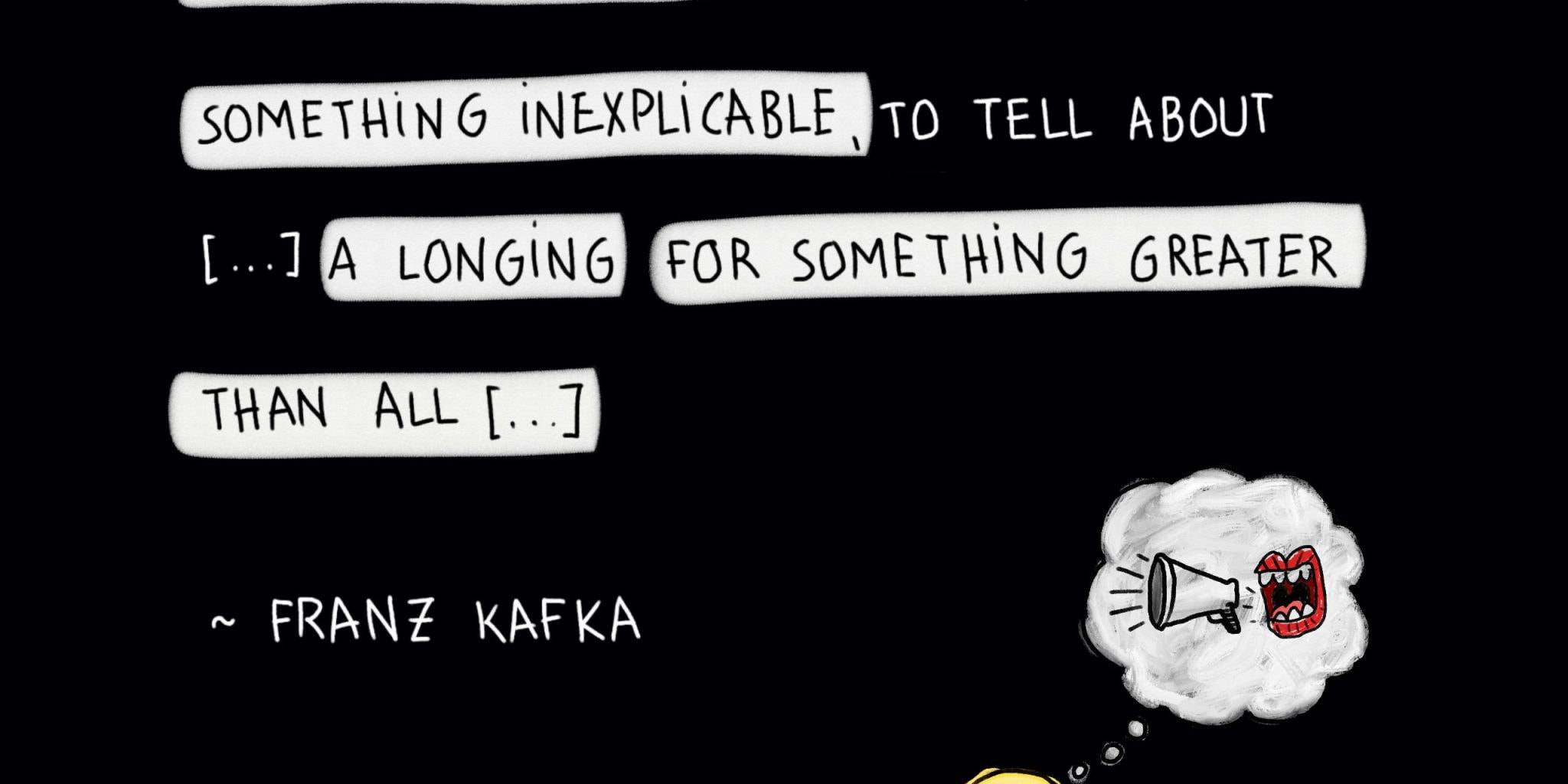Image header: Émilie (7 years old)
When we are asked to draw a tree, we think we know what trees are supposed to look like. Most of us will draw a rough cloud shape with two lines at the bottom. Basically, we would draw a cloudlike lollipop with two sticks. It is, of course, an abstraction but in our mind it perfectly represents a tree.
When I was in art school my drawing teacher said to me: “Draw what you see, not what you think you see.”
I had just finished a study of a Roman statue and I thought that I had nailed the facial expression of intense agony, struggle and suffering.
It was a drawing class that took place outside the rooms of the art school and we were at a museum renowned for its collection of Greek and Roman art.
Intellectually, I got what he had said. However, in terms of implementing it into the drawing I was at a complete loss. I groped in the dark trying to figure out what to do or rather what not to do. What did I need to change? Or add? Or rather remove?
What was missing? Or rather interfering?
To truly see?
All children are artists. The problem is how to remain an artist once we grow up.
Pablo Picasso
In elementary school my teacher had once assigned us to draw from a real life object. We received each a dandelion and a card that was a little bigger than a postcard to draw on.
My drawn version of the dandelion turned out tall, filling the whole card from edge to edge. With some jagged leaves in the lower part and a small head of yellow in the upper part, the most dominant part about the drawing was the long stalk. The model might have been less tall – as everybody else’s drawing was more compact than mine – but I had only captured what I perceived.
In high school I was still doing well in the beginning years but grew afraid of freehand drawing in the later years.
When my daughter was about seven years old, she asked me one day what I did at work. I told her I worked at the college – that my job was to teach people how to draw.
She stared back at me, incredulous, and said, “You mean they forget?”
Howard Ikemoto
Yes, we do forget something that has been so easy, fun and inspiring in our childhood days. Truly!
By the time I entered art school I didn’t draw anything anymore. The only thing I did with a pencil was to sharpen it and write with it. I had lost all confidence and the connection to myself or to my core or whatever you want to call it.
You may also like
What we can learn from Naomi Osaka: Redefining Authenticity Through Bold Fashion and Self-Expression
Naomi Osaka might not be a household…
It is then that you will get it
It was just another day at the office.…
Inexpressible truths
Some things cannot be said. They are…





